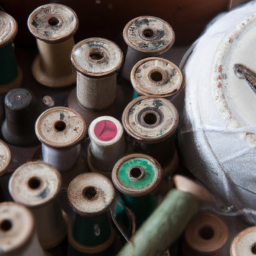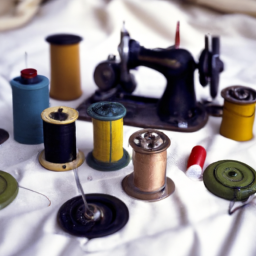
History of Sewing in India
sewing.jpg” alt=”Sewing in India”>
Sewing is an ancient craft that has deep roots in Indian history. Historically, sewing served many practical purposes, ranging from clothing production to decorative embroidery. It played a significant role in shaping Indian fashion and textiles, reflecting the rich cultural heritage of the country.
-
5000 BCE
Earliest evidence of sewing needles made from bone and antlers discovered in the Indus Valley Civilization.
-
3rd Century BCE
Indian sculptural art depicts people wearing stitched garments, indicating the advanced state of sewing during that era.
-
1st Century CE
Textile trade flourishes along the Silk Road, contributing to the exchange of sewing techniques and designs between India and other regions.
-
12th – 16th Century
Mughal Empire influences Indian fashion, introducing intricate embroidery techniques like zardozi and aari work.
-
18th Century
British colonization of India brings sewing machines to the country, revolutionizing the textile industry and enabling mass production.
-
20th Century
India becomes a global hub for textile and garment manufacturing, with millions of artisans and skilled workers contributing to the industry.
-
Present Day
Sewing continues to play a crucial role in India’s fashion industry, with traditional techniques combined with modern innovations.
Today, Indian fashion showcases a diverse range of beautifully crafted garments, be it sarees, salwar kameez, or intricate bridal wear, all created through the art of sewing. The centuries-old traditions and skills have been passed down through generations, allowing for the preservation of cultural identity and heritage.
From ancient times to the modern era, sewing remains an integral part of Indian culture, heritage, and craftsmanship. It embodies the country’s rich history and serves as a testament to the skill and creativity of Indian artisans.
So, the next time you admire a beautifully stitched Indian garment, remember the long and fascinating history that contributed to its creation.
Sources:




